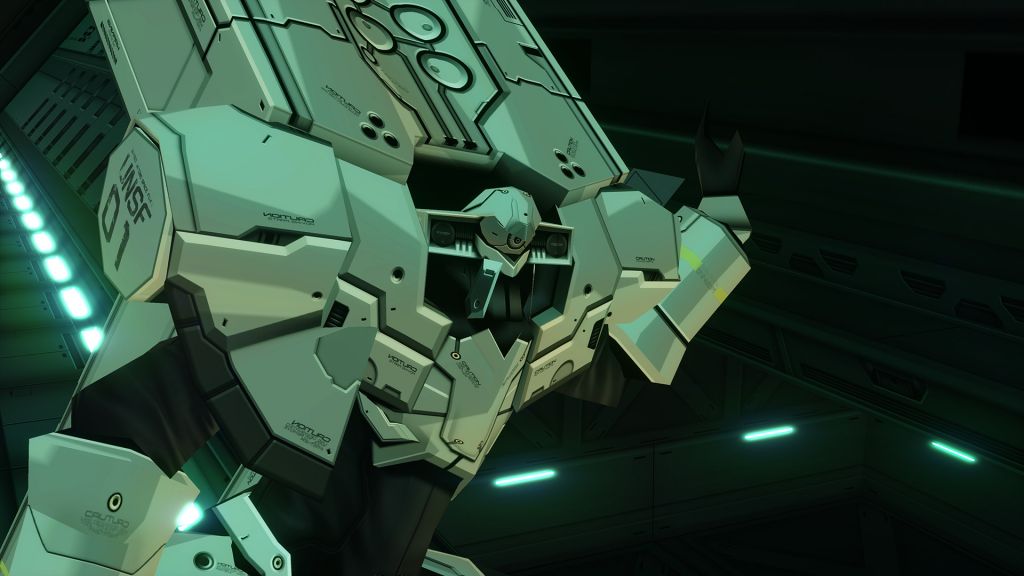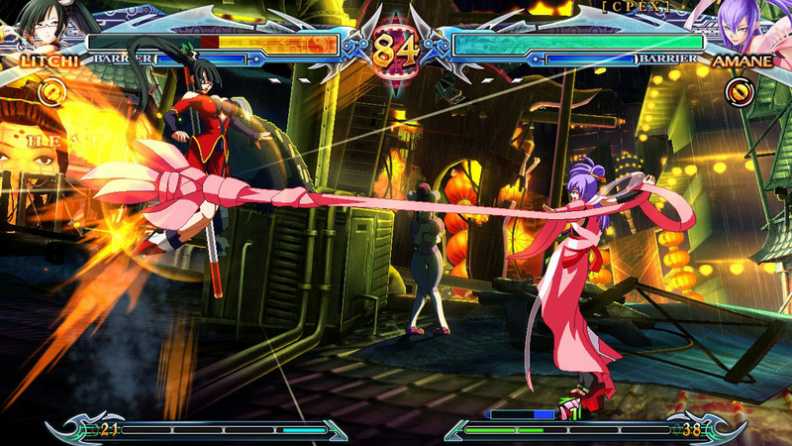

So what? Zones will be very useful – we can make “holes” through our landscape but the global water table is just below the surface which by default means all stuff below that is full of water. Similarly, inside the dome, I made a large spherical zone that filters outside light and lets my local lighting do the job it was placed to do.

I also changed the local friction and gravity in this zone so it behaves like it is viscous to travel through. Its ambient and direction lighting gives the user a feeling of being de-contaminated – red and dangerous looking. In the above illustration, I have created and sized “red zone” to fit inside my airlock. If you create a chamber, with a roof and solid walls, say, the world light settings seep through and plainly illuminate the inside space just like it is doing the outside – this is weird to say the least.Īctiveworlds combat this issue by allowing you to create zone objects that let you apply local settings. Lighting in a virtual world model this same system so some interesting moods can be created and commonly recognised objects can take on new qualities if illuminated using different colours to those it would naturally appear under white light. A red shirt looks red in white light because white light contains some red – the shirt absorbs all but the red which it reflects and we see it – got it? In-world objects have colour schemes also – if the grass, for example is to be seen as green, then there must be some green in the directional or ambient light, else it will not appear green.

We see objects in the real world as a particular colour because the surface of those objects are reflecting THAT colour light into our eyes. These effect objects differently using the SUBTRACTIVE colour model – let me explain. The ambient light as a global setting lets you pick intensity, angle and colour. Now if you are outside, this is fine, you would consistently want the sun/moon in the one place. One issue with a “world” is the global settings – particularly lighting.


 0 kommentar(er)
0 kommentar(er)
